To say it right away: nobody knows exactly which species of loach is hidden behind the name Botia rostrata from a scientific point of view. But this is not the right place to discuss such things. Especially interested people are referred to the very detailed work of Steven Grant (2007). The loach we present here has been imported from India for about 30 years under the name Botia rostrata, but is rarely available. We haven’t had them here for years, most recently in 2018.
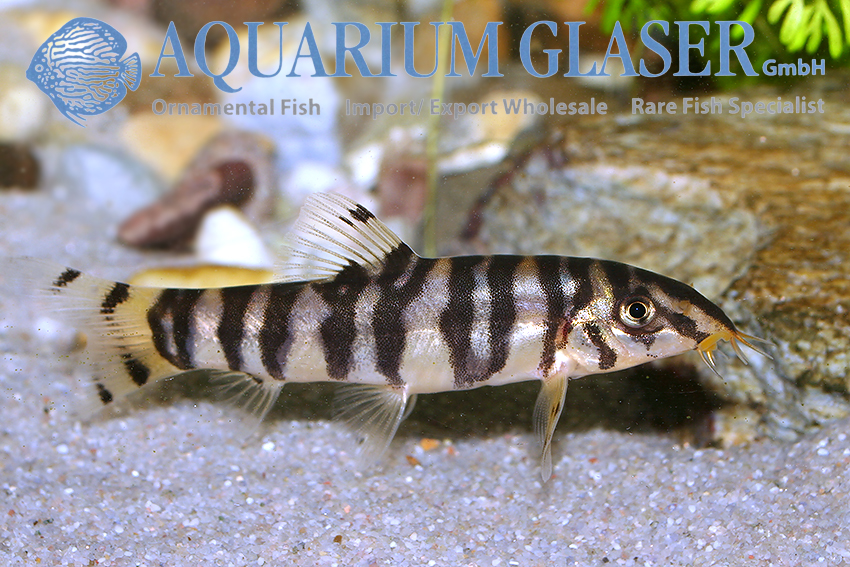
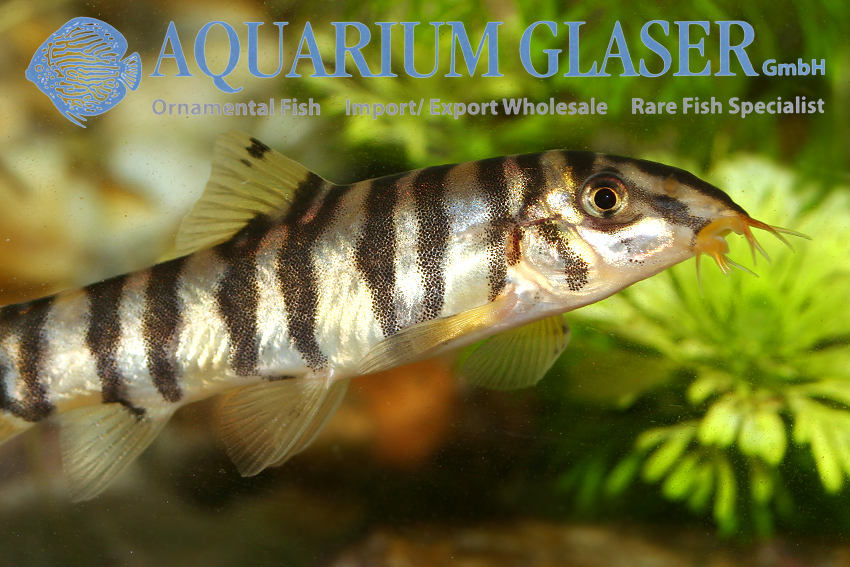
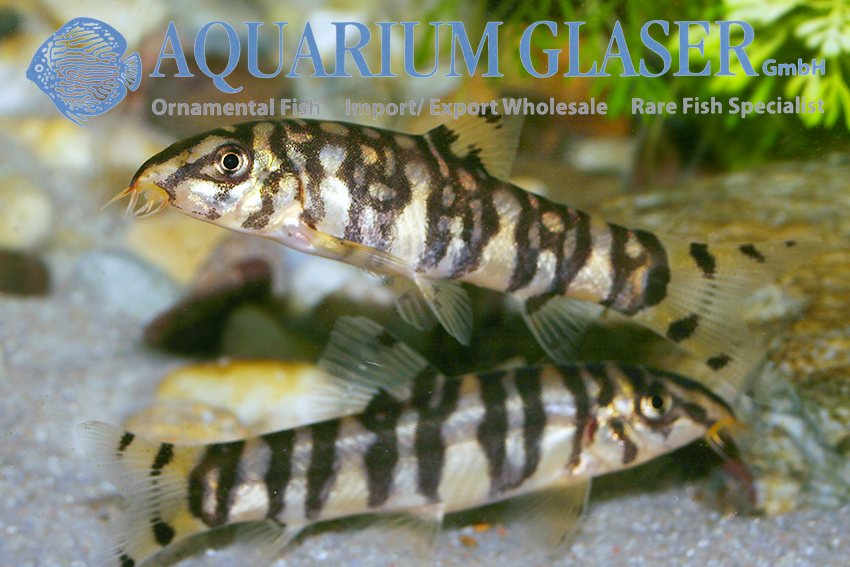
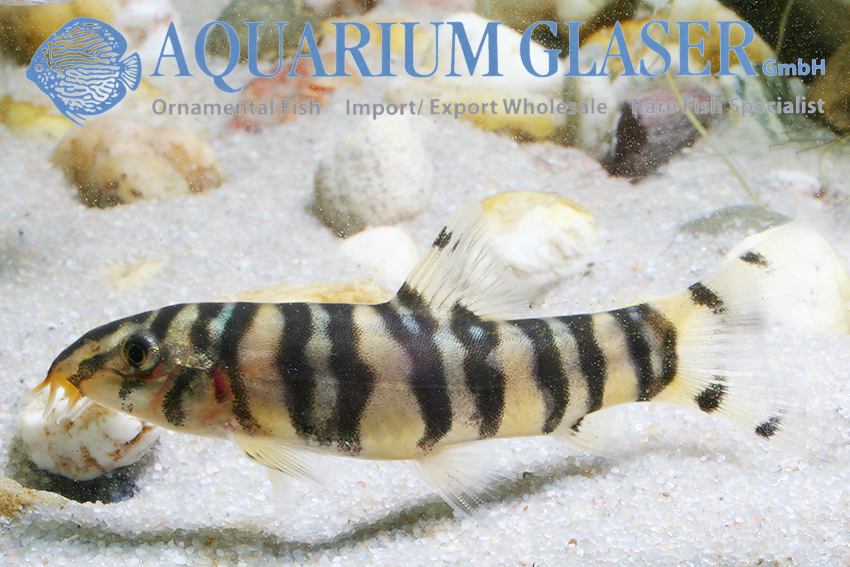
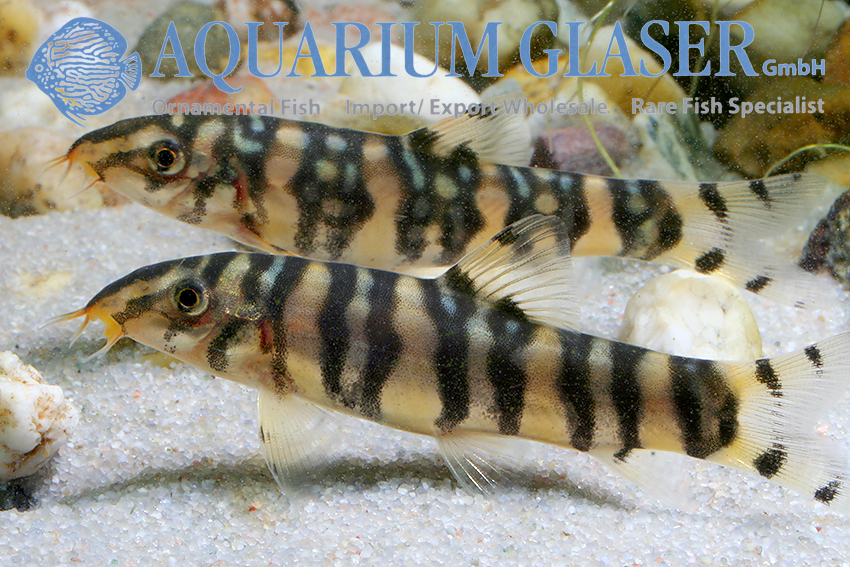
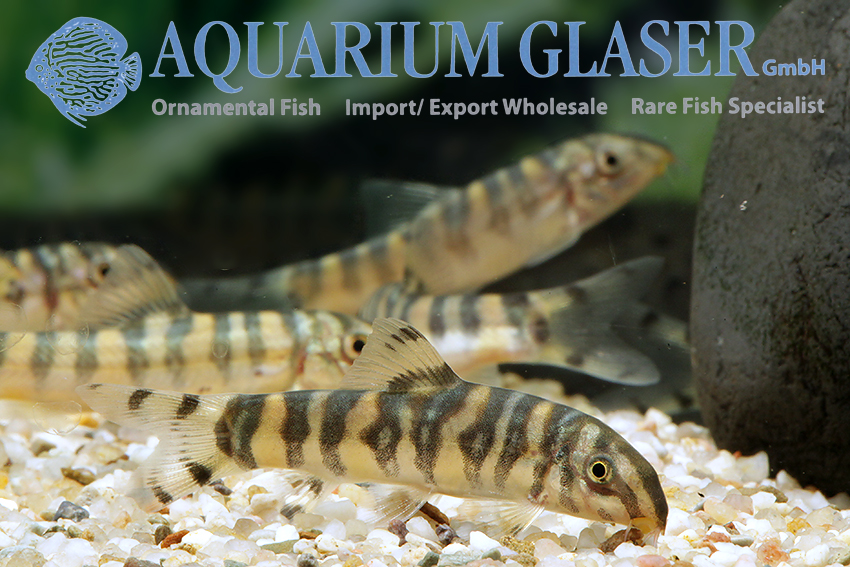
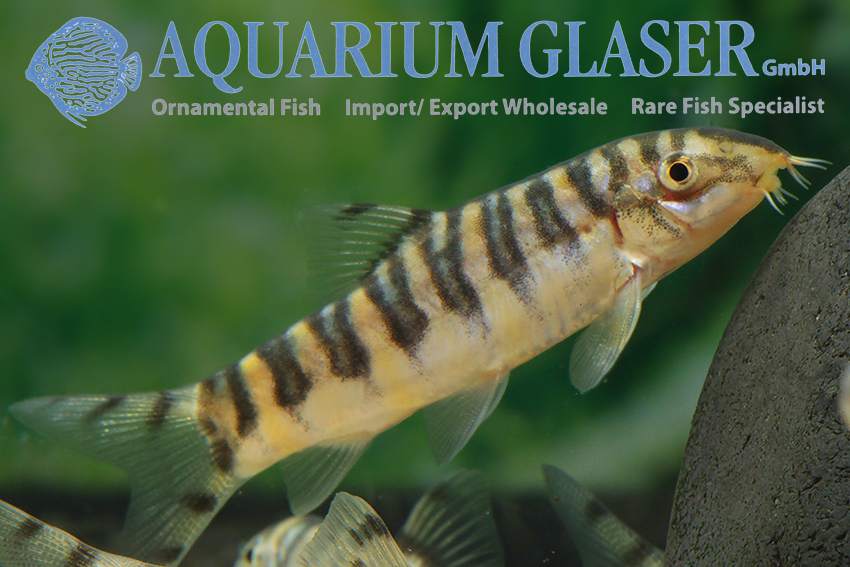
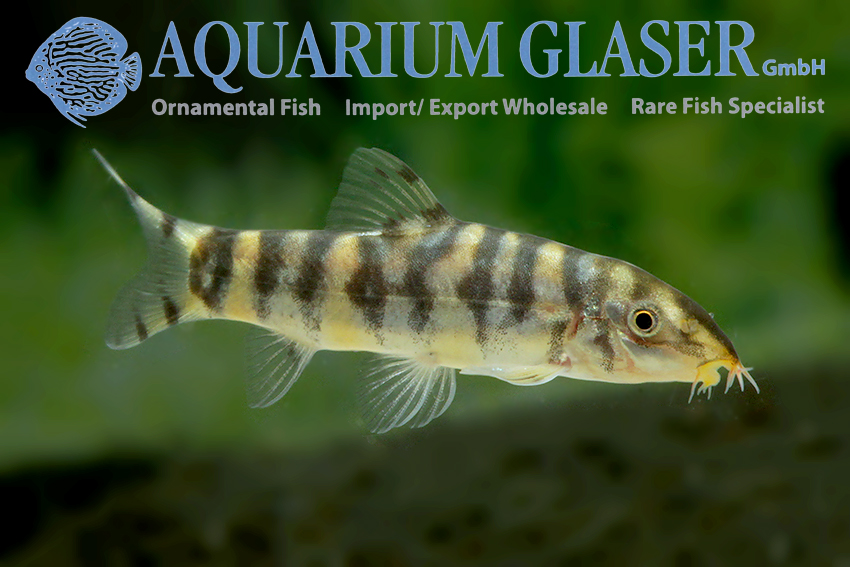
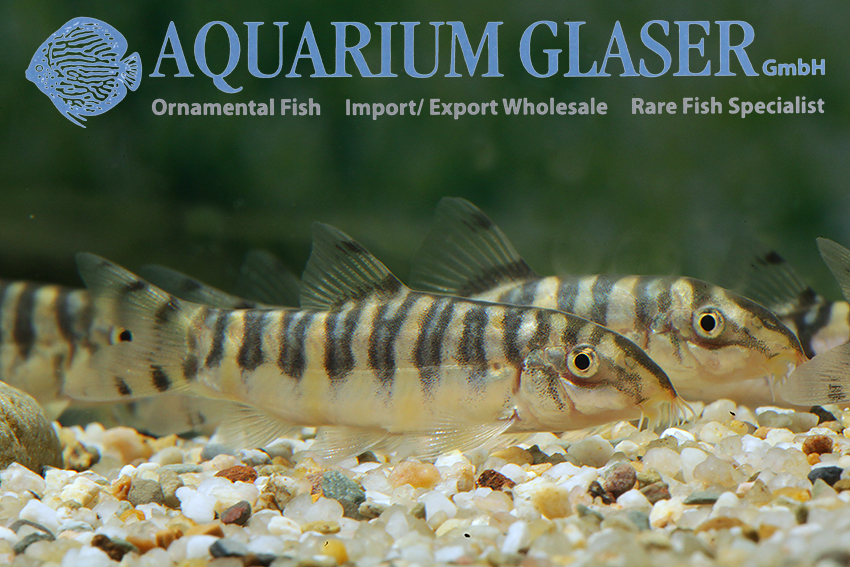
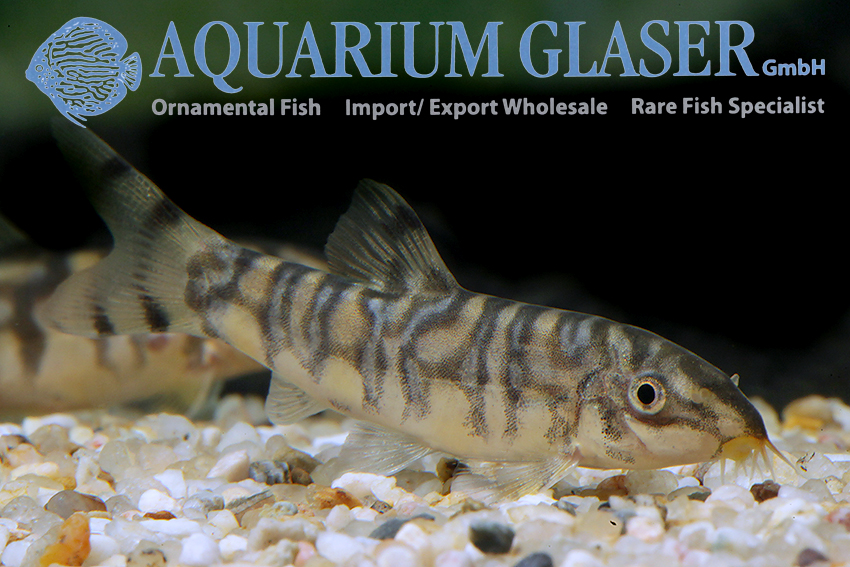
These pretty animals are so variable in coloration that each individual can be identified by its markings. Typically, the pattern consists of vertical double bands that break up into a chain pattern in some specimens. In between there are all kinds of transitional forms. All loaches are – as far as they are taken from nature – only available very seasonally, because they can only be caught in significant numbers for a few weeks per year. Before and after that the animals live isolated and very hidden.
In the aquarium Botia rostrata is a pure joy. Scurrying like armored catfish, they are on the move in the aquarium. Especially B. rostrata is also an energy saving fish. According to its origin – northeastern India – it is a subtropical species that does not require additional heating in normal living spaces. A temperature range between 16 and 26°C is appropriate. You should always keep such loaches in groups. The maximum length of the fish imported as B. rostrata seems to be 6-7 cm, so in this respect it corresponds approximately to the checkerboard loach (Ambastaia sidthimunki). Botia rostrata is a peaceful loach, which also makes itself useful by eating small snails. Otherwise, any common ornamental fish food is readily accepted, although care must be taken to ensure that enough reaches the bottom where the loaches live. Food tablets are particularly suitable for this.
For our customers: the animals have code 405002 on our stocklist. Please note that we only supply wholesale.
Text & photos: Frank Schäfer
Literature:
Grant, S. (2007): Part 1. Fishes of the genus Botia Gray, 1831, in the Indian region (Teleostei: Botiidae). Part 2. Mainland fishes of the genus Syncrossus Blyth, 1860 (Teleostei: Botiidae). Part 3. A new subgenus of Acanthocobitis Peters, 1861 (Teleostei: Nemacheilidae). Ichthyofile Number 2: 1-106.




